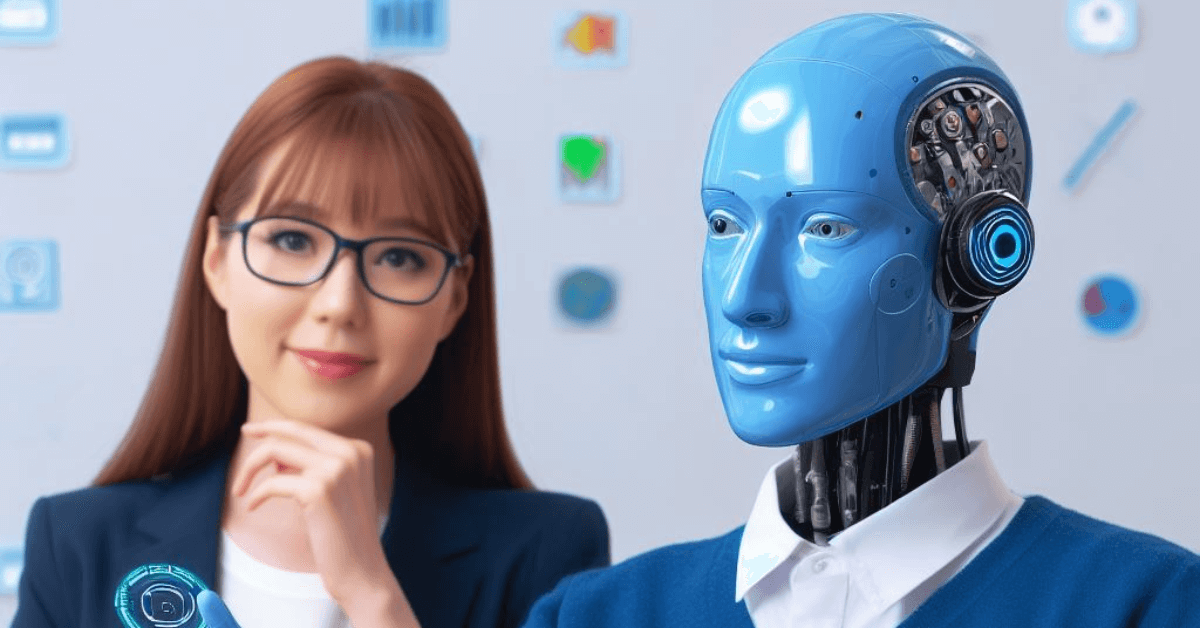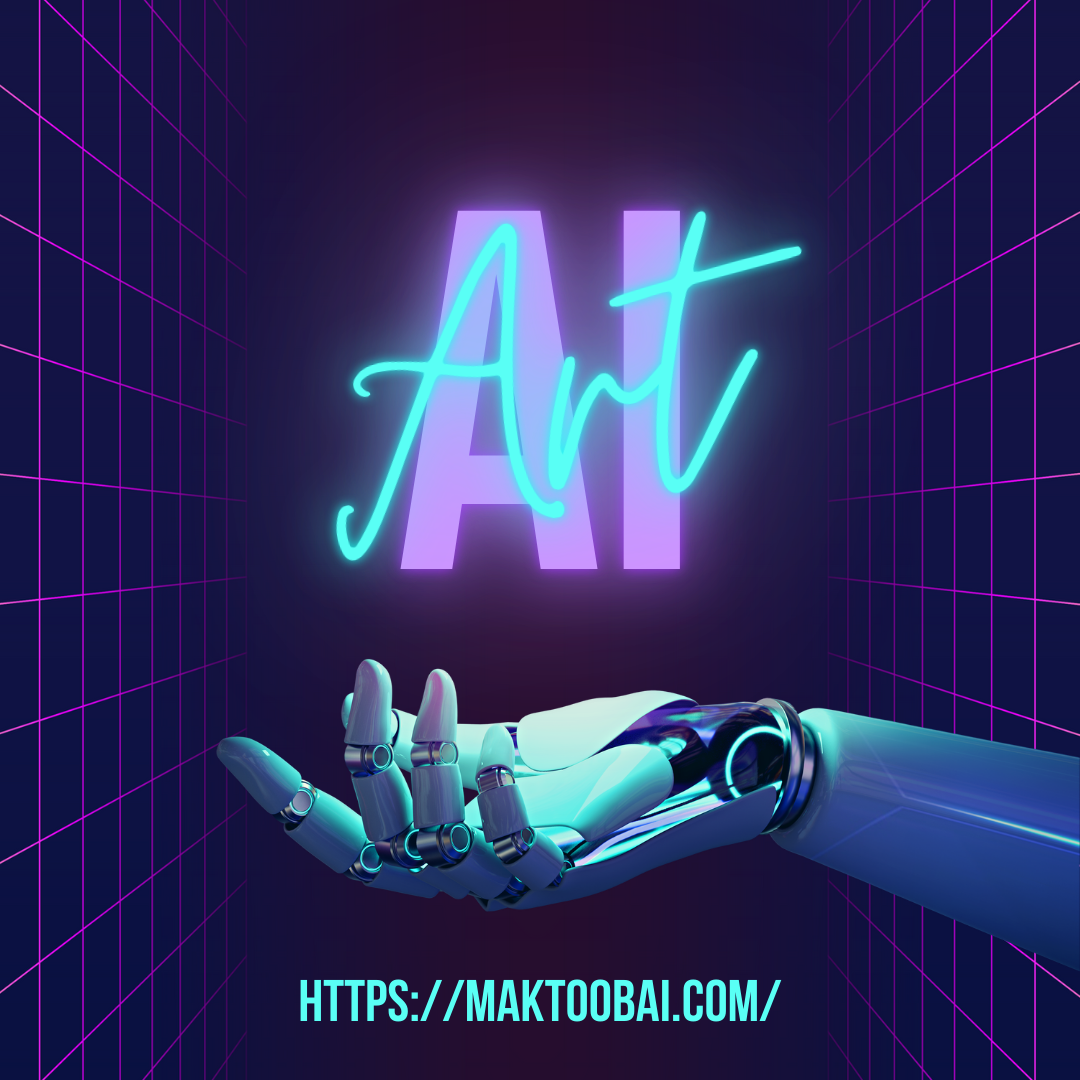The integration of Artificial Intelligence (AI) in education has sparked discussions about the potential of AI to replace human teachers. While AI offers numerous advancements in personalized learning, automation, and data analysis, the question of whether it can fully replace teachers involves examining the roles that educators play and the limitations of AI. Here’s a nuanced look at the capabilities of AI in education and whether it can replace teachers.
1. The Role of Teachers in Education
Teachers are more than just conveyors of knowledge. They serve multiple roles that AI struggles to fully replicate:
- Personal Interaction: Teachers build personal relationships with students, providing emotional support and motivation. They can sense students’ needs and respond to their emotions, which is crucial for a positive learning environment.
- Classroom Management: Managing a classroom involves handling diverse behaviors, mediating conflicts, and creating a conducive learning environment. Teachers use their judgment and experience to navigate these complex social dynamics.
- Adaptation and Creativity: Teachers adapt their teaching methods based on real-time classroom dynamics and student responses. They use creative approaches to engage students and make learning enjoyable.
Impact:
While AI can handle specific educational tasks, it cannot yet replicate the multifaceted roles that teachers play in fostering a supportive and dynamic learning environment.
2. AI’s Capabilities in Education
AI offers significant advancements that enhance the educational experience:
- Personalized Learning: AI systems like Knewton and DreamBox adapt lessons to individual student needs, offering tailored support and practice.
- Automated Grading: AI tools can automate grading of multiple-choice and simple written responses, freeing teachers from repetitive tasks.
- Data Analysis: AI can analyze student performance data to provide insights into learning patterns and areas where students may need additional help.
Impact:
AI excels in tasks that involve data analysis, automation, and personalization, offering valuable support to educators and enhancing the learning experience for students.
3. Limitations of AI in Replacing Teachers
Despite its advancements, AI faces several limitations that hinder its ability to replace teachers:
- Lack of Emotional Intelligence: AI lacks the emotional intelligence required to understand and respond to students’ emotional needs and motivations. Teachers play a crucial role in providing emotional support and building relationships.
- Inability to Handle Complex Social Interactions: AI cannot manage complex social dynamics in the classroom, such as resolving conflicts or understanding nuanced behavioral issues.
- Dependence on Data: AI systems rely heavily on data to function effectively. They may not perform well in situations where data is incomplete or where human judgment is required.
Impact:
AI’s limitations in emotional intelligence, social interactions, and reliance on data mean it cannot fully replace the nuanced and adaptive role of teachers.
4. AI as a Complement to Teachers
Rather than replacing teachers, AI can serve as a powerful complement, enhancing their ability to teach:
- Enhanced Teaching Tools: AI can provide teachers with data-driven insights, personalized learning tools, and resources to better address students’ needs.
- Administrative Support: AI can handle administrative tasks such as grading and scheduling, allowing teachers to focus more on instructional activities and student engagement.
- Professional Development: AI can assist in teachers’ professional development by providing targeted resources and training based on their teaching performance and areas for improvement.
Impact:
AI complements teachers by enhancing their instructional tools, supporting administrative tasks, and providing resources for professional growth, allowing educators to focus on their core responsibilities.
5. The Future of AI and Teaching
The future of AI in education is likely to involve a collaborative approach where AI and human teachers work together to provide a comprehensive learning experience:
- Hybrid Models: Schools may adopt hybrid models where AI handles routine tasks and personalized learning, while teachers focus on interactive, creative, and emotional aspects of education.
- Continuous Improvement: AI systems will continue to evolve, potentially enhancing their ability to support teachers and students. However, the human touch will remain essential in addressing the holistic needs of students.
Impact:
AI will likely play an increasingly important role in education, working alongside teachers to create a more efficient and personalized learning environment while preserving the irreplaceable human elements of teaching.
Conclusion
AI has the potential to transform education by offering personalized learning, automating administrative tasks, and providing valuable data insights. However, it cannot fully replace teachers, who bring emotional intelligence, creative problem-solving, and complex social interaction skills to the classroom. Instead, AI should be seen as a tool that complements and supports teachers, enhancing their ability to deliver high-quality education while preserving the essential human elements of teaching. The future of education will likely involve a harmonious integration of AI and human educators, working together to provide the best possible learning experience for students.


